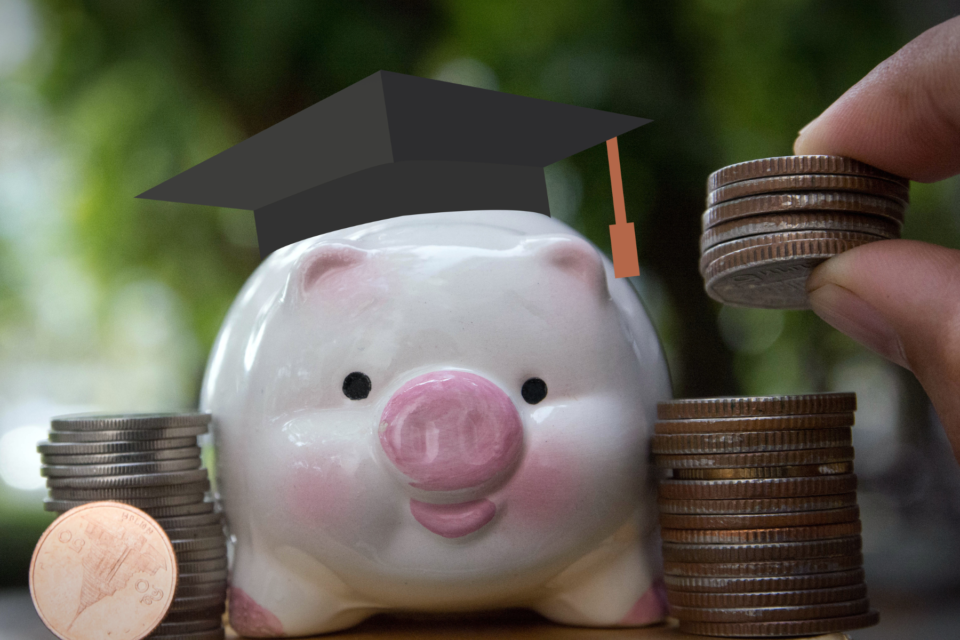Economic Impacts Of President Biden’s Student Loan Relief Plan

President Biden announced his plan for student loan relief on Wednesday, and reactions to this have been mixed. Eligible borrowers may be entitled to up to $20,000 in federal student loan debt forgiveness. While the millions of Americans who will benefit from this plan are rejoicing, others are concerned about the effects this will have on the economy – from already crippling inflation to possible tax increases.
About This Plan
Under this student loan debt relief plan, middle and low income borrowers, defined as those making less than $125,000 individually or less than $250,000 annually if married, can have up to $20,000 of their federal student loan debt forgiven. Those who received the Pell Grant are eligible for up to $20,000 in forgiveness, but non-recipients who meet the income requirements can still receive up to $10,000 of their loan debt forgiven. In addition to this forgiveness, the pause on federal student loan payment has been extended again, with payments to resume in January 2023. Several other amendments have been made on the repayment of federal student loans to ease the burden on borrowers, but many are concerned about how this could impact taxpayers.
Economic Consequences
Speculation on the economic impacts of this plan vary greatly. Some economists argue that this cancellation of debt could further spike the already high inflation levels. Critics of this plan also consider it unfair, stating that this will put an economic burden on taxpayers who did not attend college and accumulate educational debt. One estimation, published by Andrew Lautz, says this will cost over $2,000 for the average taxpayer. While it is not yet known how this debt forgiveness will be paid for, many critics fear it will be through steep tax increases.
Conversely, other economists estimate very little consequences to taxpayers, as well as little to no impact on inflation levels. This plan is expected to cost about $300 billion, which, according to some economists, is a very small part of the $25 trillion economy. Supporters also say that while taxes may increase by a small amount, it will not be by enough that taxpayers should worry. Since this plan could potentially benefit around 40 million people, they see the small tax increase as a price worth paying.
________________________________________________________________________________________________________________________________________________________________________
Story by Sydney O’Brien
Sydney O’Brien is a Marketing and Communications intern through the VENTURE program at the Greater Cheyenne Chamber of Commerce. She is going to attend Oregon State University in Fall 2022 and will be studying Marketing and Environmental Science.



